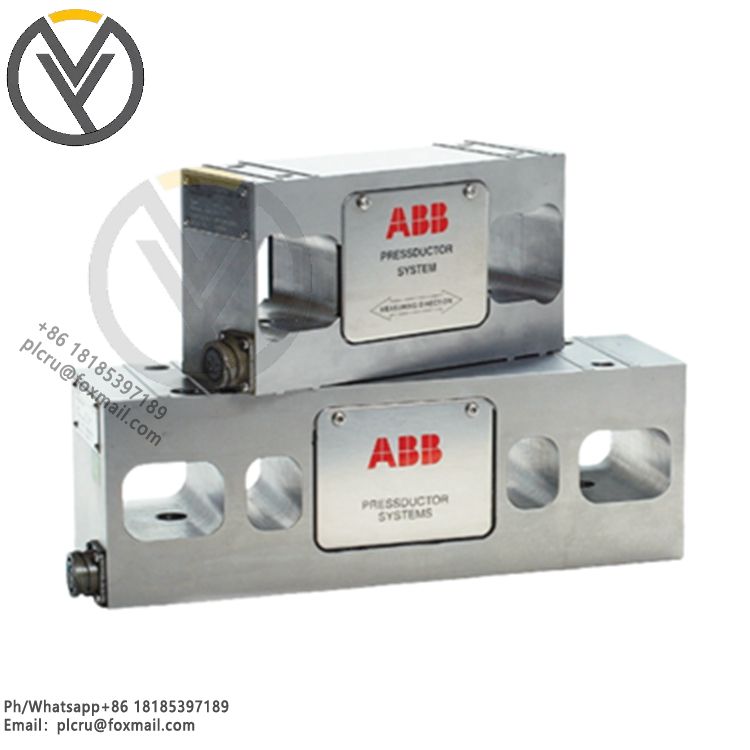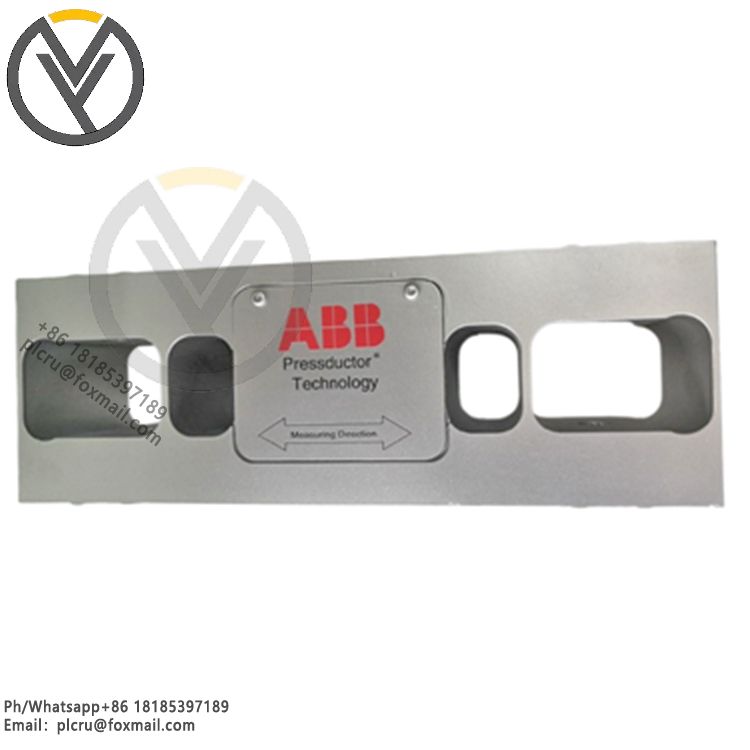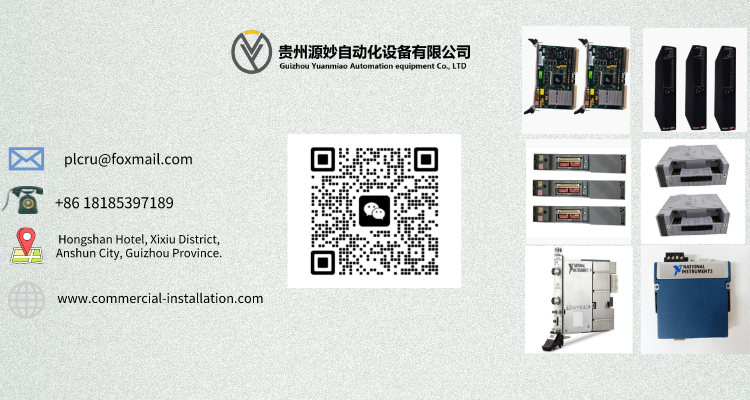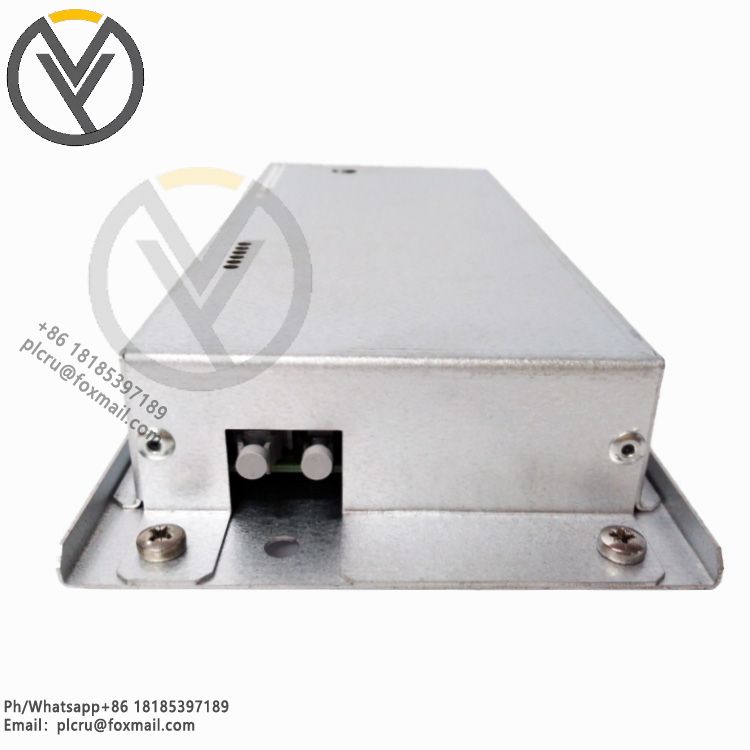
ABB 3BSE024994R2000 Millmate Load Cell
Delivery time 3 days
Product origin New/used
Email plcru@foxmail.com
Mobile/wechat /WhatsApp +86 18185397189
ABB 3BSE024994R2000 Millmate weighing sensor is a high-precision measuring devic
ABB 3BSE024994R2000 Millmate weighing sensor is a high-precision measuring device. Here are the details and features about it:
Basic Overview:
Model: ABB 3BSE024994R2000
Brand: ABB
Series: Millmate
Working Principle:
A weighing sensor is actually a device that converts mass signals into measurable electrical signal outputs. It is based on the principle of resistance strain. When the measured force acts directly on the hollow cylindrical strain tube with the resistance strain gauge pasted on it through the tension and pressure head, the axial compression and radial expansion of the strain tube will cause the corresponding resistance strain value to change, and then generate an unbalanced voltage output when the bridge power supply is provided externally. The voltage is proportional to the measured force acting on the sensor.
Main Technical Indicators:
Rated Load: The specific rated load value may vary depending on different models and specifications, but generally speaking, the maximum axial load that the weighing sensor can measure within the specified technical indicator range is known.
Allowable load (or safe overload): generally 120%~150% of the rated load, allowing overload within a certain range.
Limit load (or limit overload): the maximum axial load that the sensor can withstand without losing its working ability. Exceeding this value may cause damage to the sensor.
Sensitivity: the ratio of the output increment to the additional load increment, usually expressed in nominal output millivolts per 1V voltage input.
Nonlinearity: the accuracy of the corresponding relationship between the voltage signal output by the sensor and the load.
Repeatability: whether the output value of the sensor can be repeated and consistent when the same load is repeatedly applied under the same conditions.
Hysteresis: when the load is gradually applied and then unloaded in turn, each level of load should give the same reading under ideal conditions, but there may be differences in actual conditions. The degree of this inconsistency is expressed by the hysteresis error index.
Features:
Simple structure, easy to install, use and carry.
It has good sealing and moisture-proof performance.
High vibration and impact stability.
The transmission error is small and the measurement is reliable, with good static and dynamic characteristics.
It can be used for static and dynamic measurements at long distances.
Precautions for use:
The sensor working environment should be as clean as possible to avoid contact with higher non-working heat sources.
The sensor bridge voltage generally does not exceed 15V (usually 10V). A power supply with large capacity and high stability should be used and as close to the sensor as possible.
When the sensor is not in use, it should be placed in a drying oven to ensure its service life.
Wiring and maintenance:
The sensor circuit usually uses eight resistance strain gauges to form a full-bridge structure, including wiring points such as excitation voltage and output signal.
After the sensor is connected to the strain gauge (or amplifier), it must be preheated and start working after the instrument is stable.
The sensor should be statically calibrated regularly to ensure measurement accuracy.









